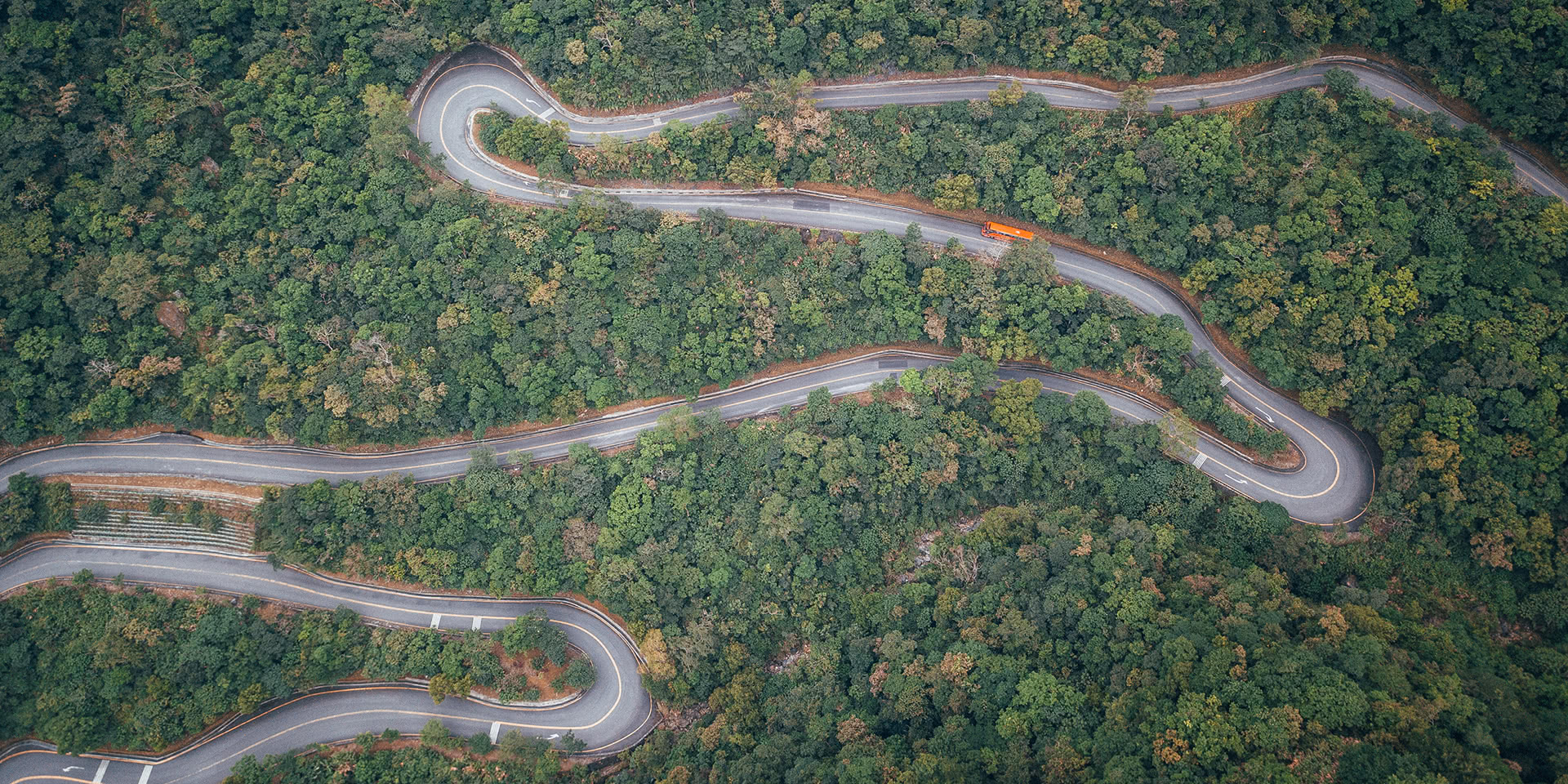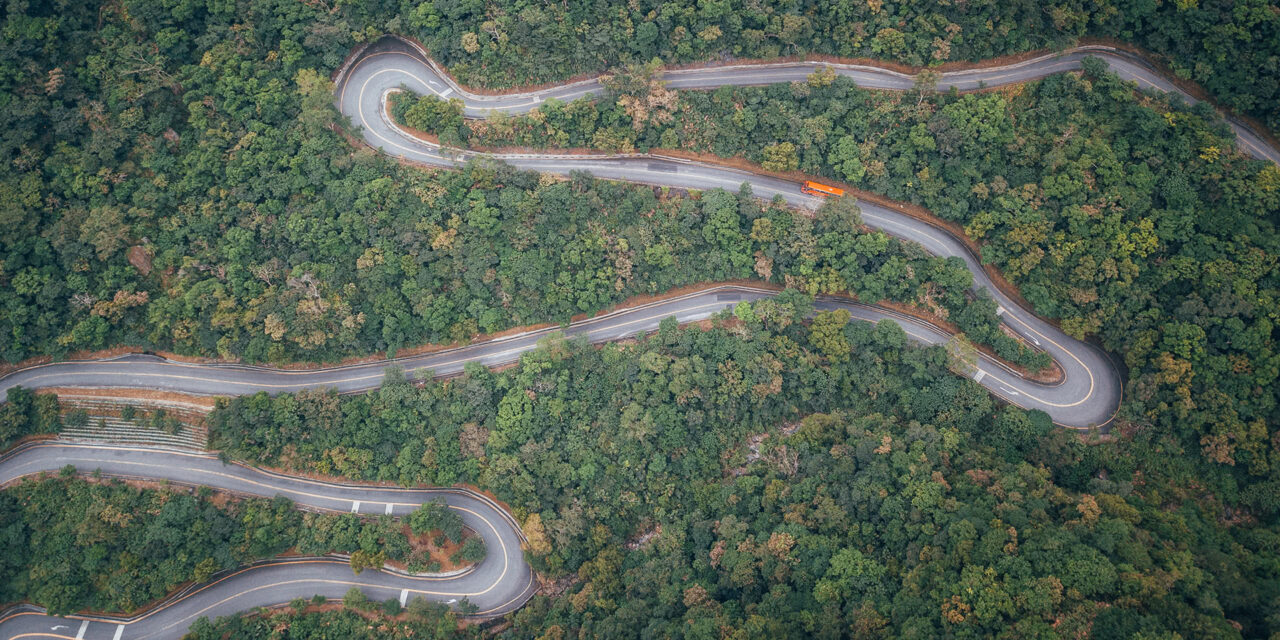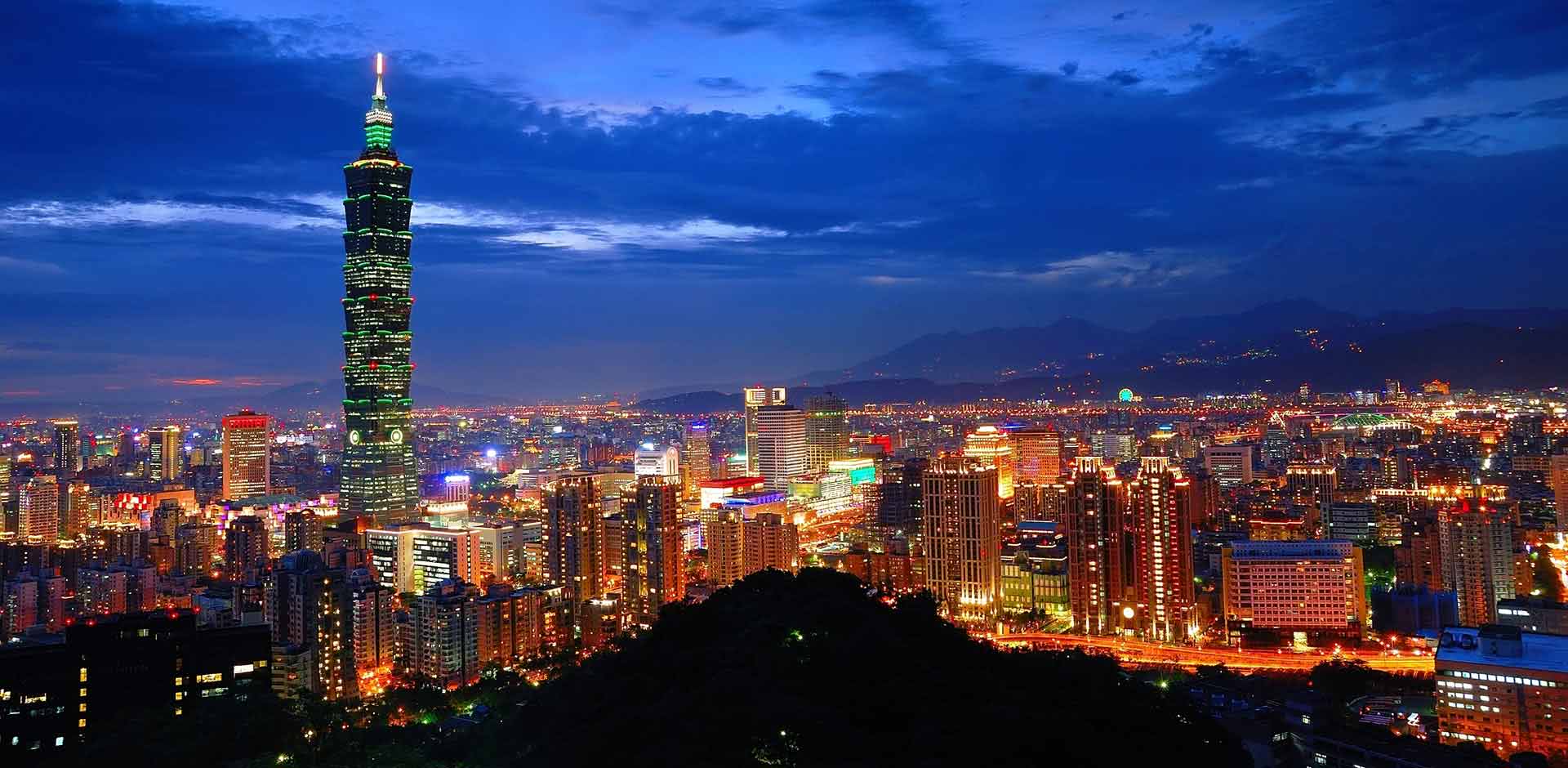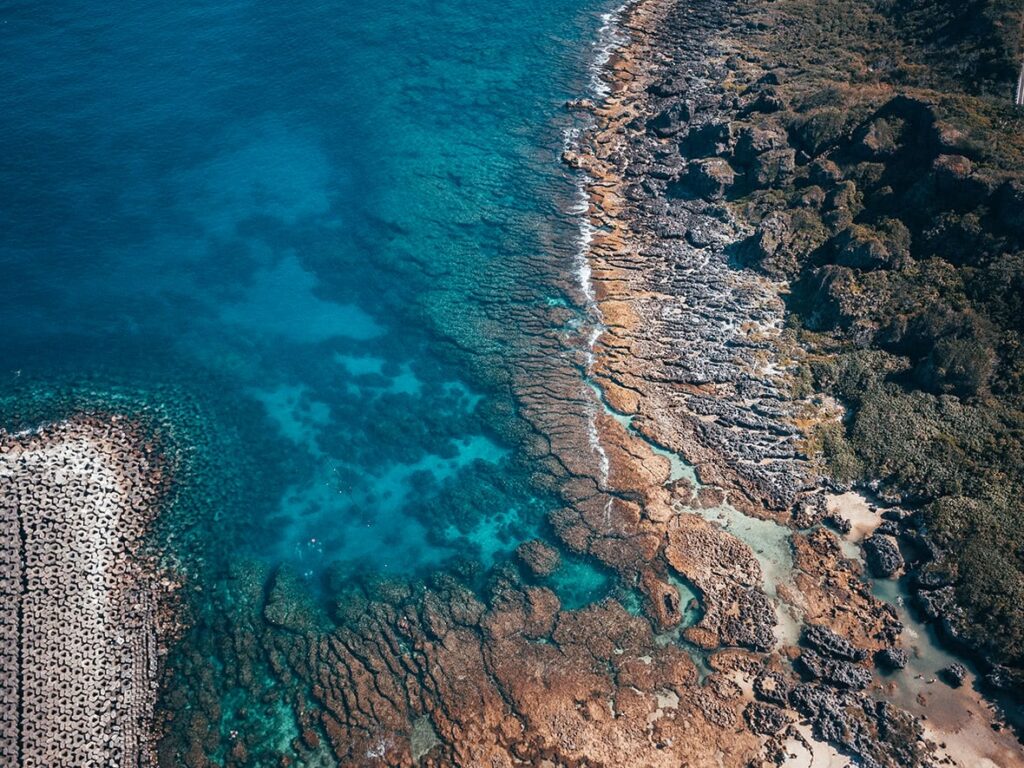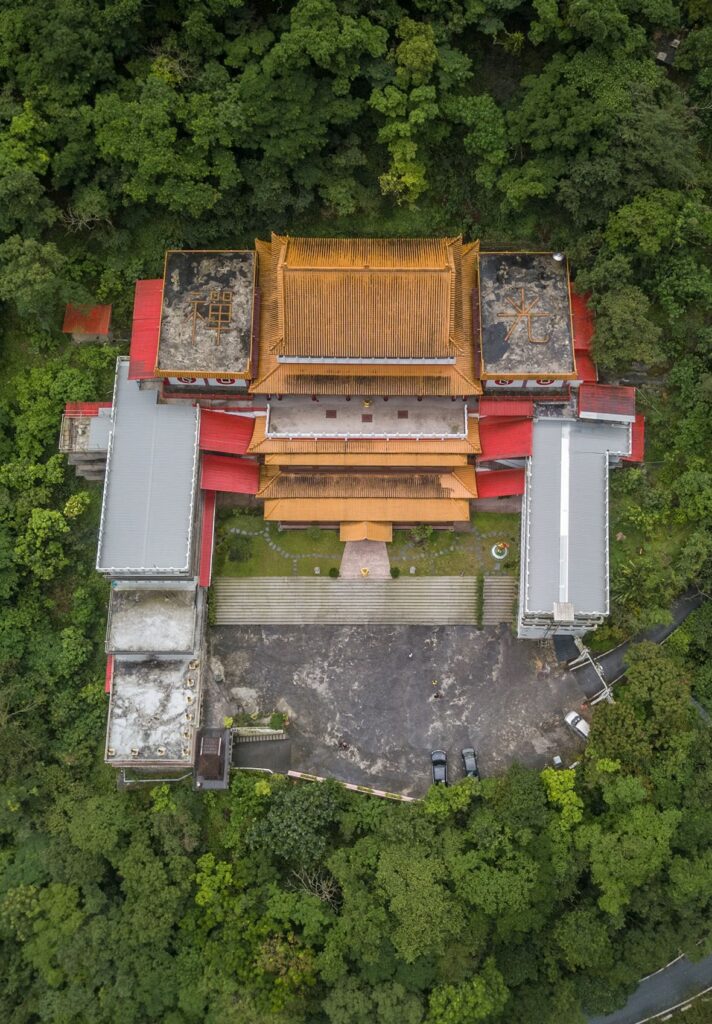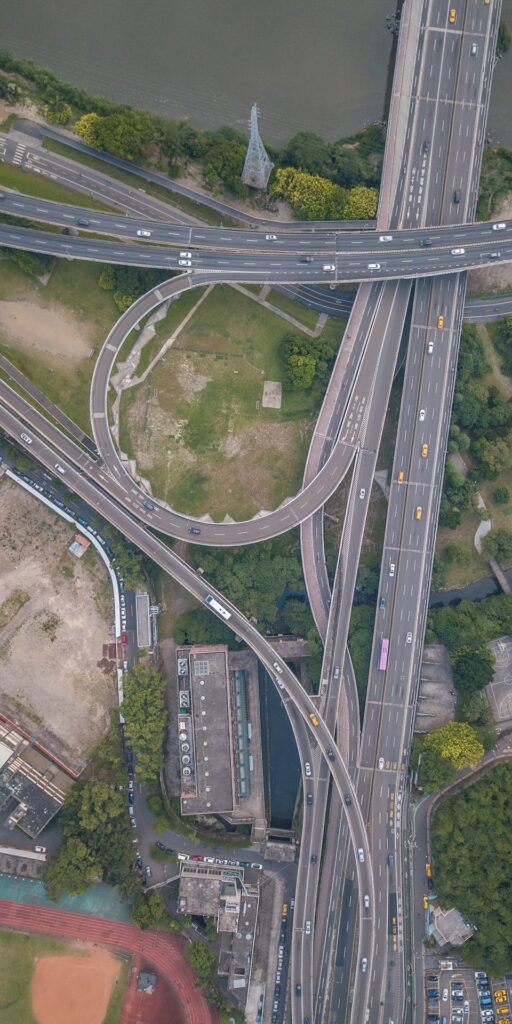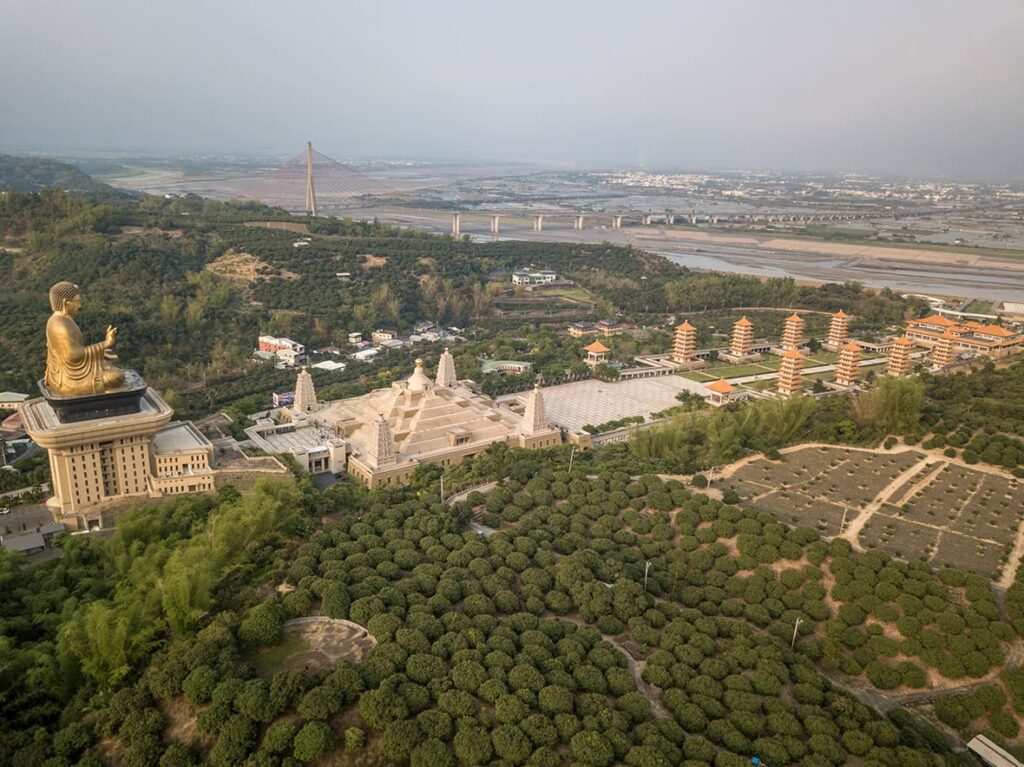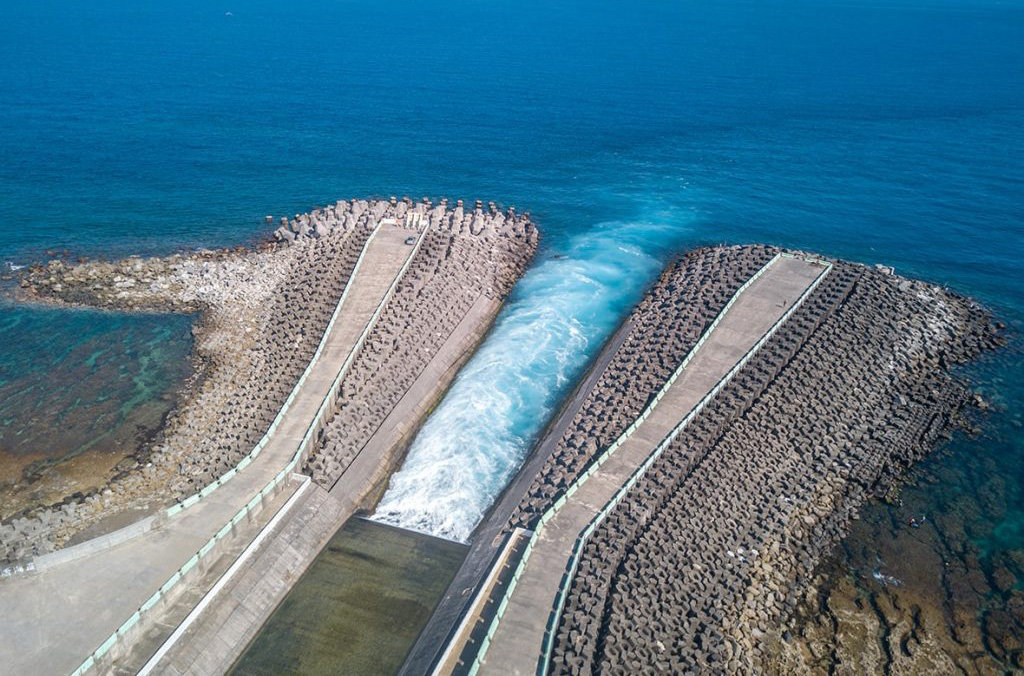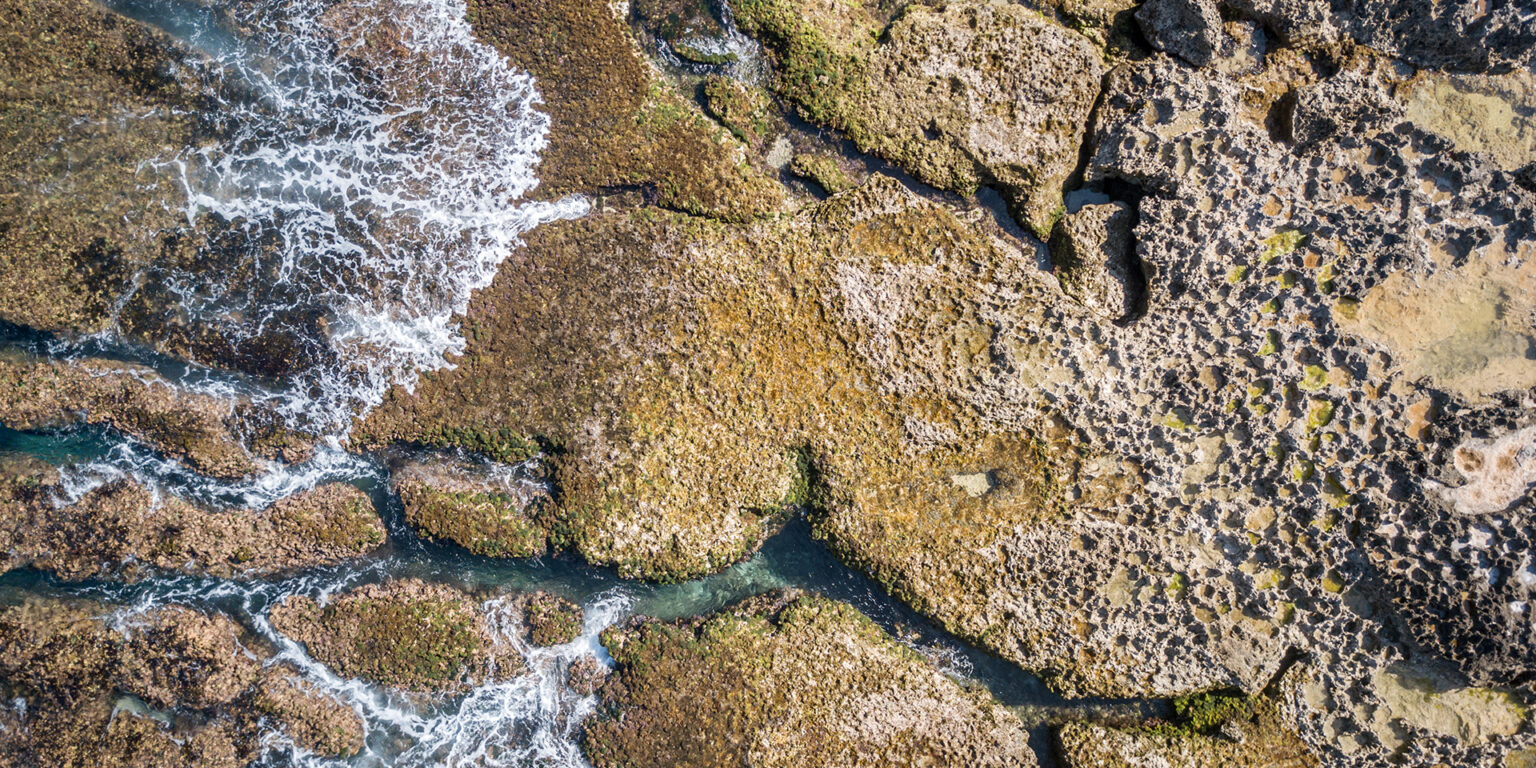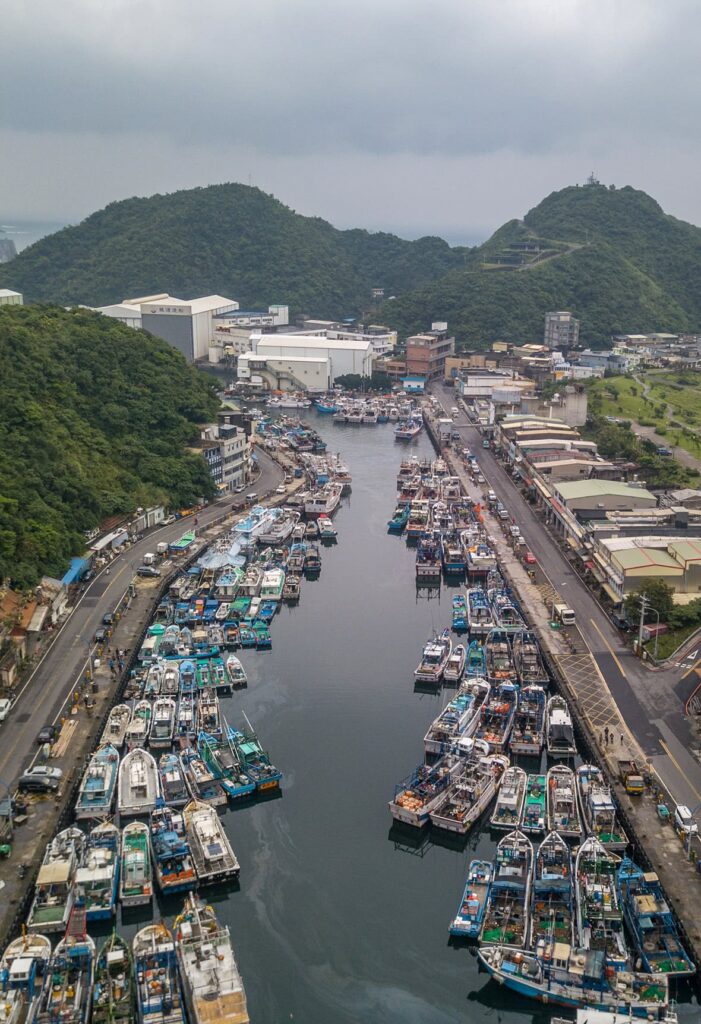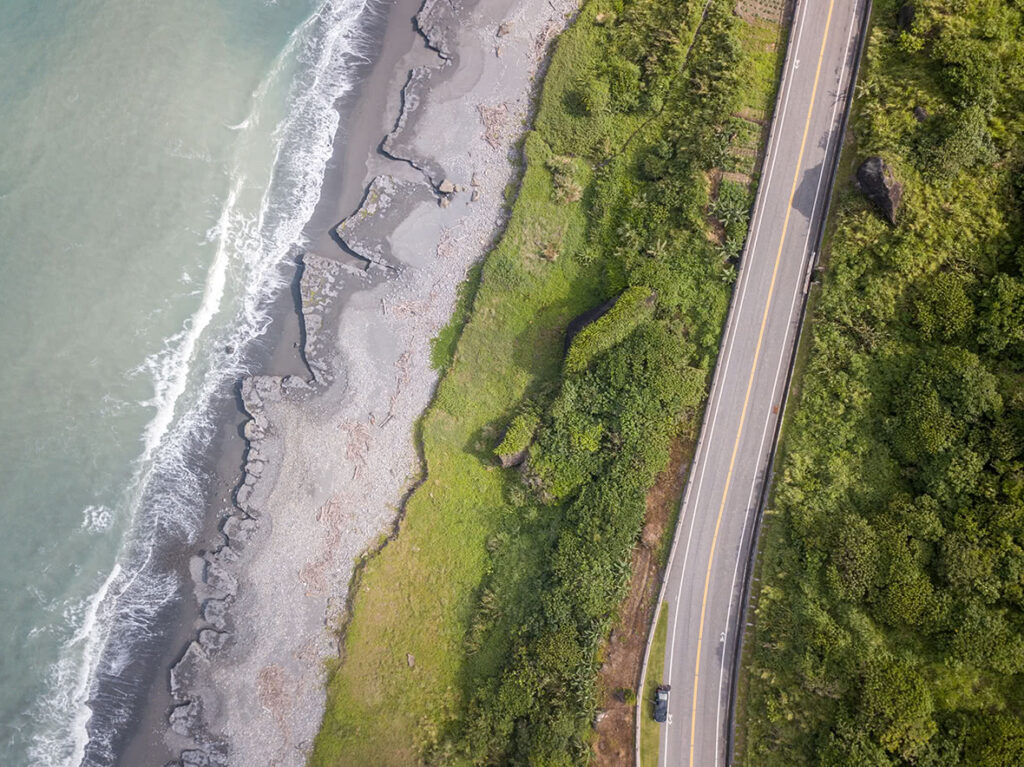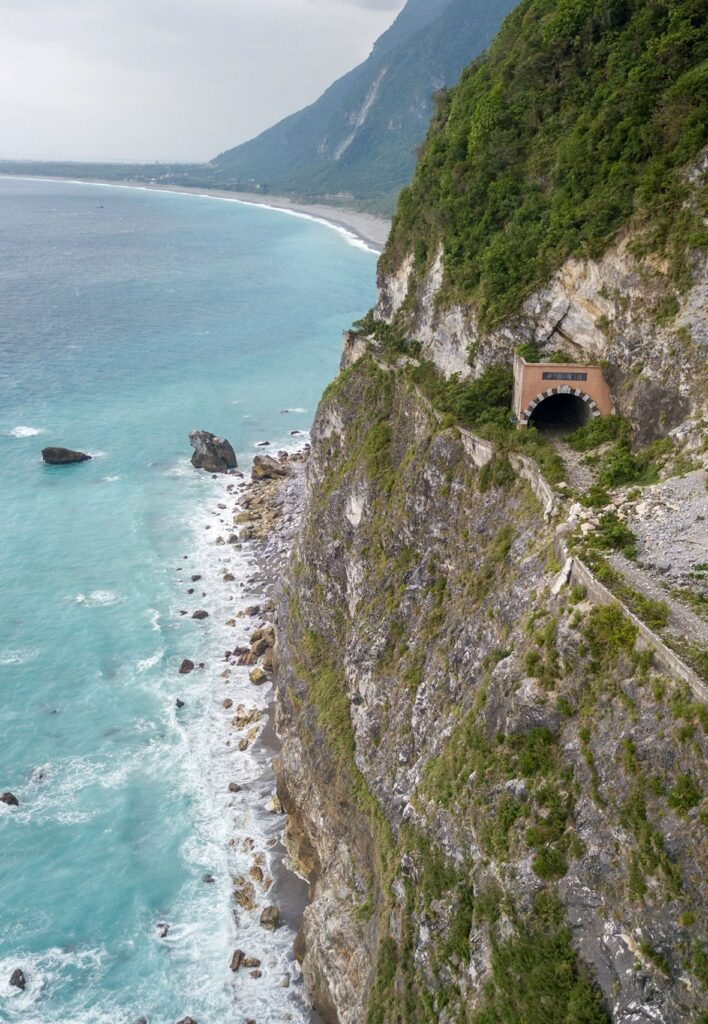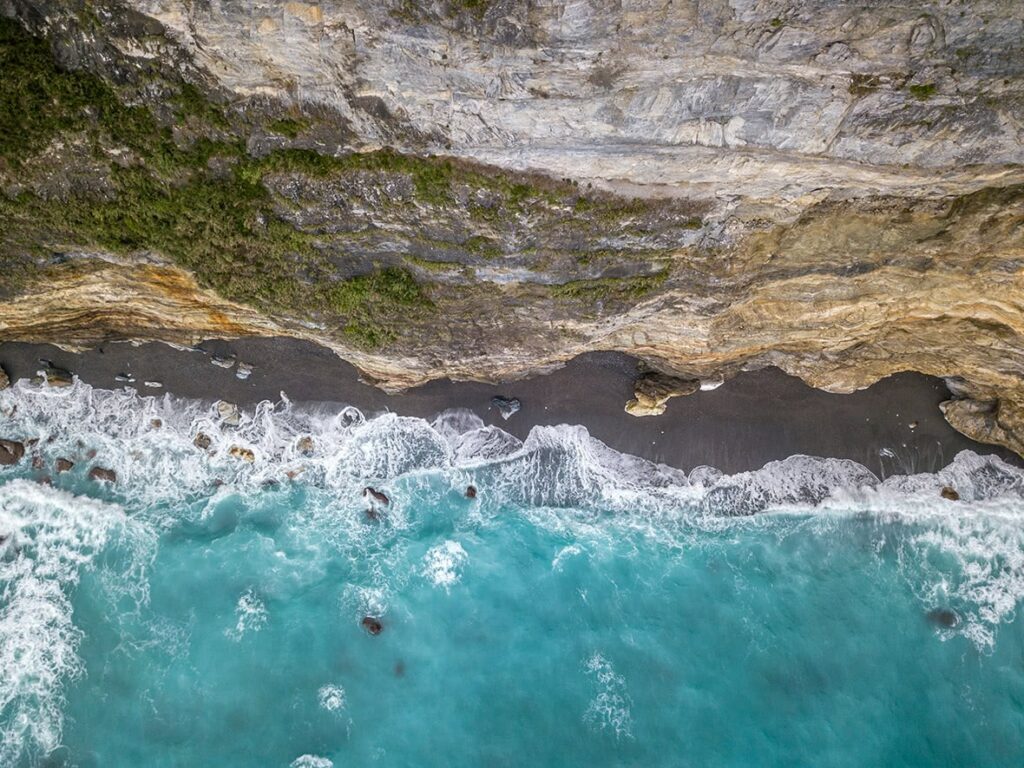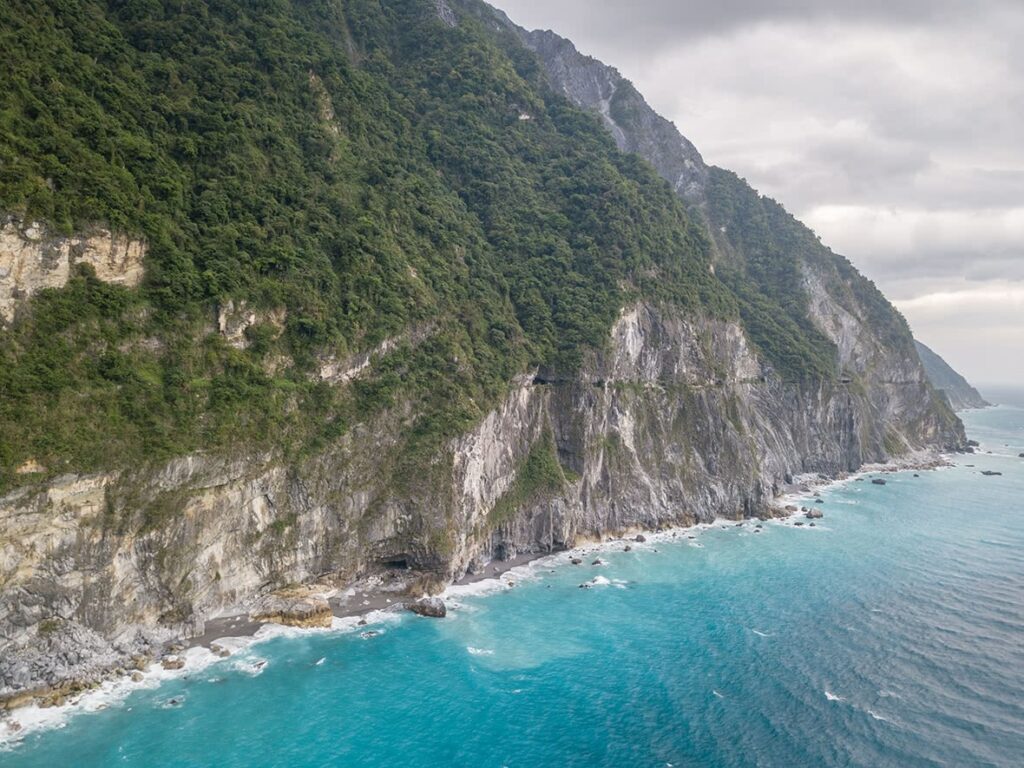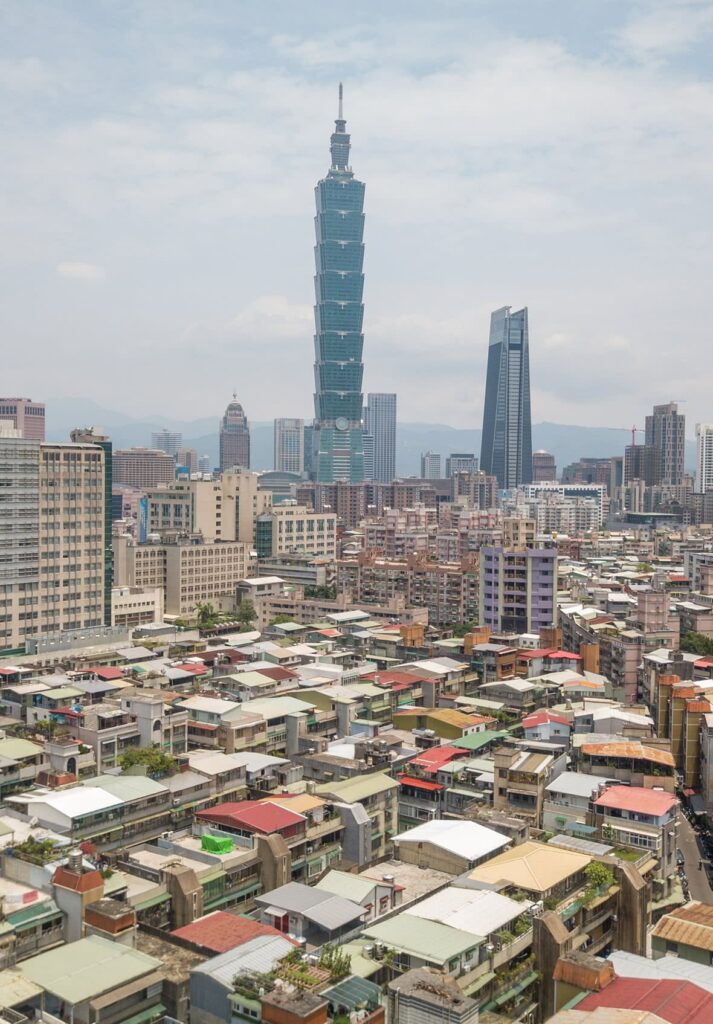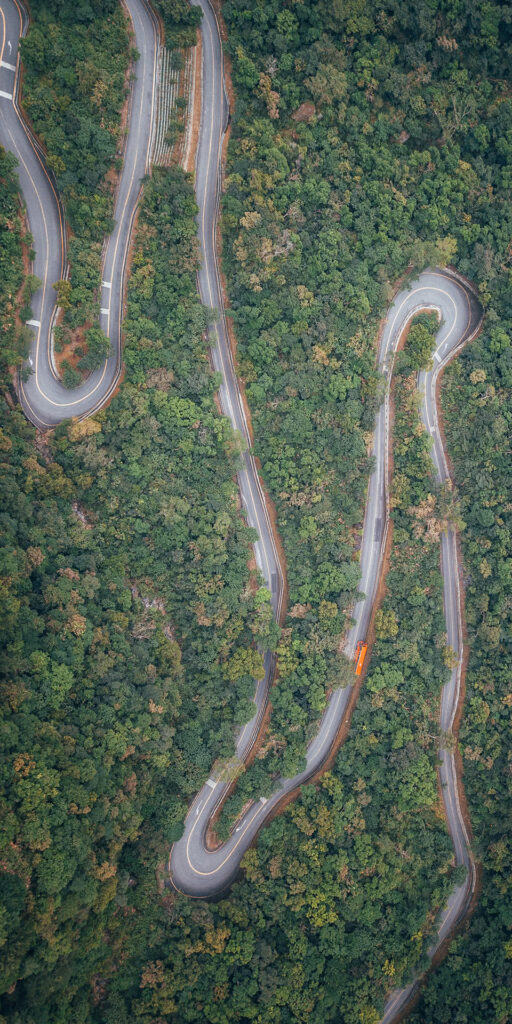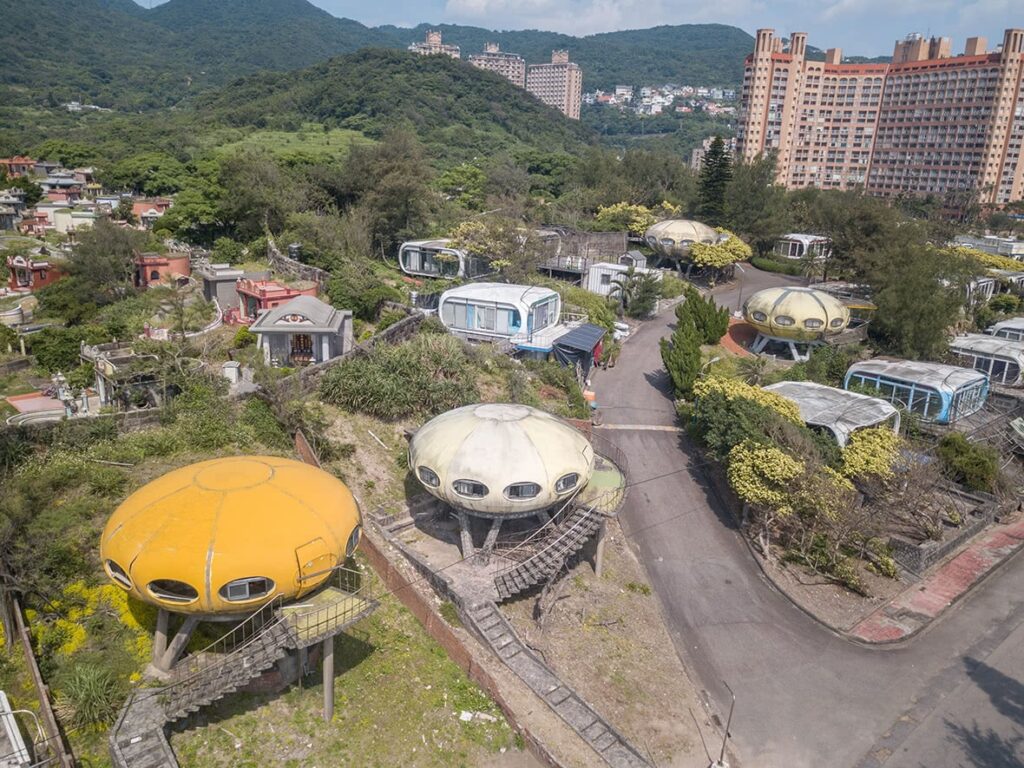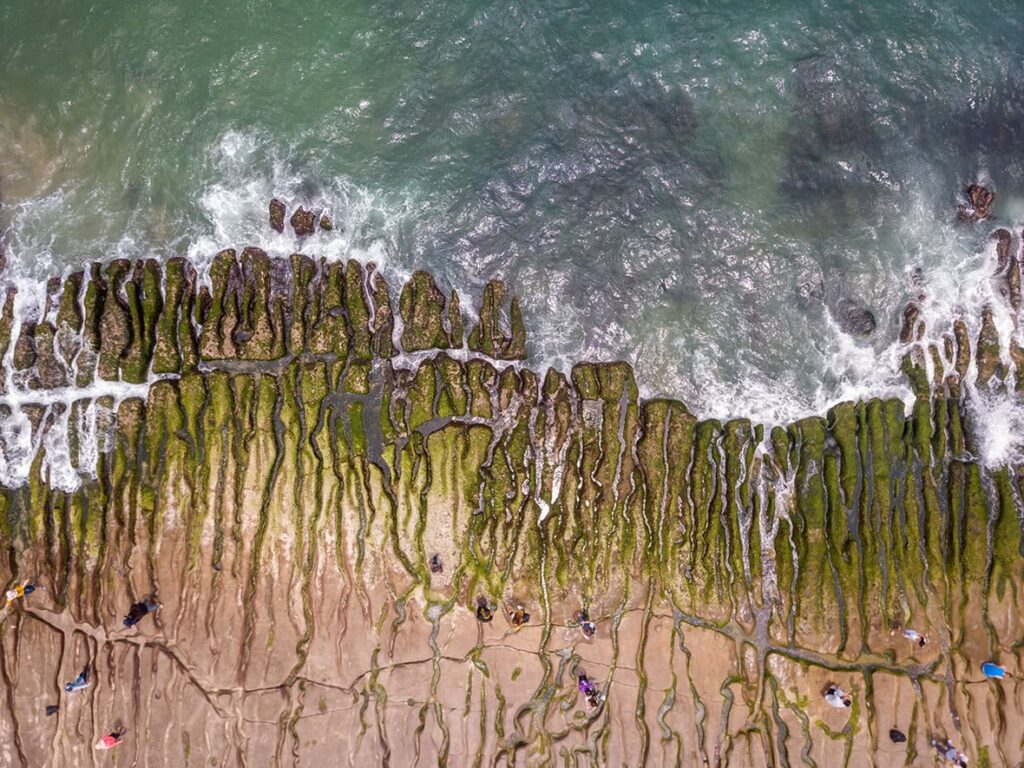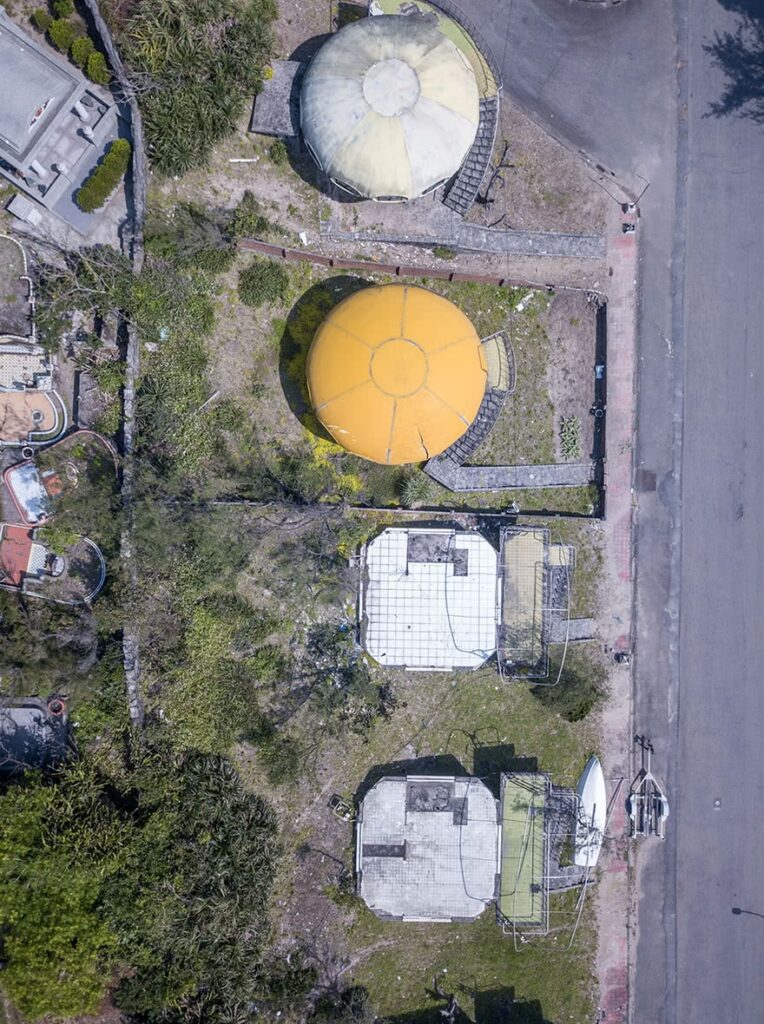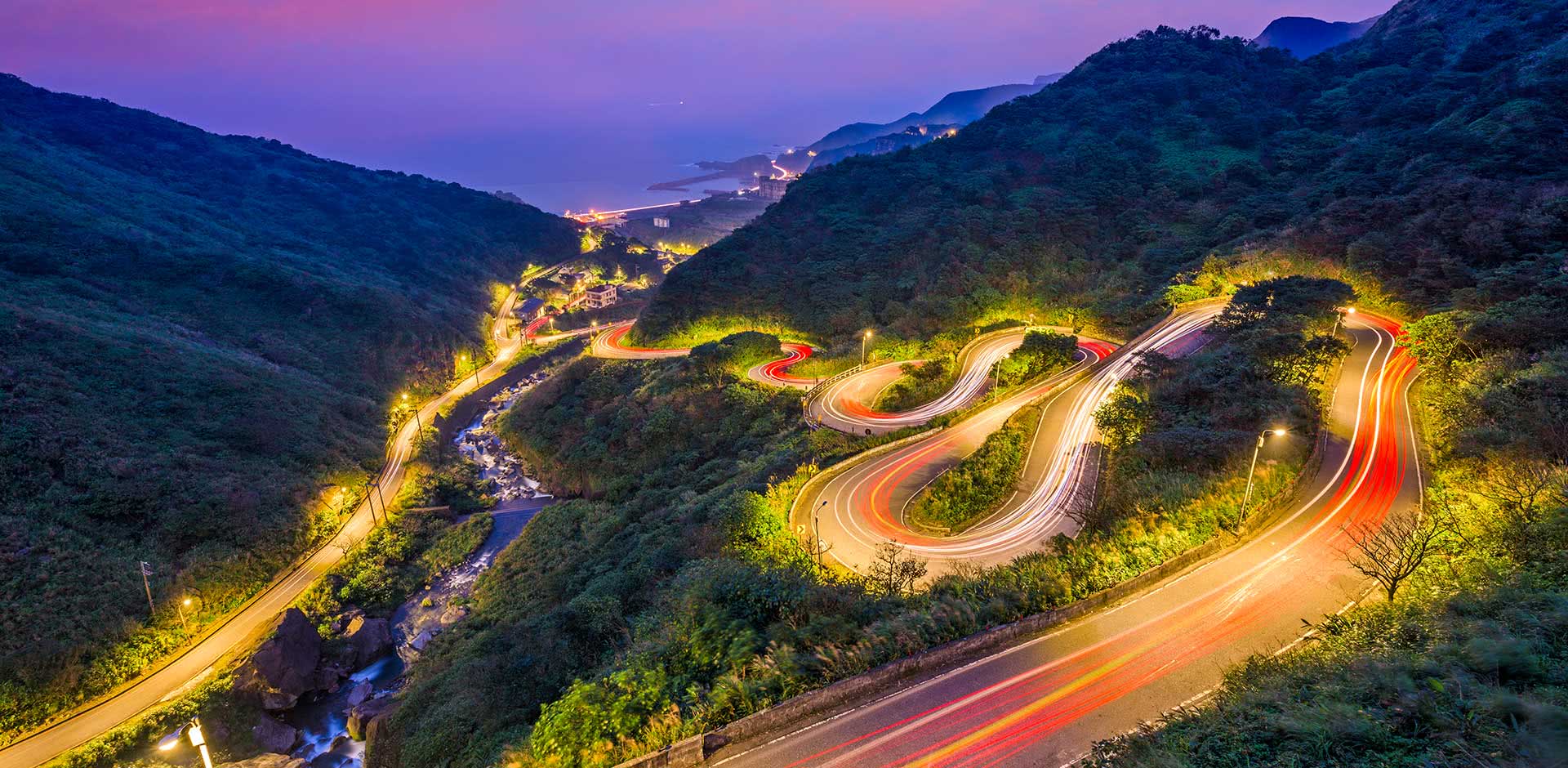As much as it annoys mainland China, Taiwan is unique. The food, the language, the politics, and even the landscape are all distinctly Taiwan. Travelers can go from one of the most dynamic cities in Asia to empty cliffs on the edge of the world and from crystal clear snorkeling waters to forgotten, weathered villages. Taiwan is unique as much in its graffiti as it is in its topography, and modern advances in drone technology mean that much of this compelling country is being seen for the first time from a whole new angle.
Aficionados will be pleased to know that Taiwan is relatively drone-friendly, compared to the many other more rigid nations in Asia; licenses are not required and designated no-fly areas are clearly marked.
Poetic as it may be to begin a drone journey in Taiwan from the very bottom to the top, logistics necessitated the trip begin in the surprisingly photogenic city of Kaohsiung, Taiwan’s third largest city at 2.7 million people staring out into the Taiwan Strait. Kaosiung City is a more Taoist city than the rest of the island, a facet found in the temples scattered around the city which make for excellent filming.
The highlight of Kaohsiung City was the Fo Guang Shan Temple, also known as the Fo Guang Shan Buddha Museum. Inside, the museum houses one of the tooth relics of Sakyamuni, but it’s the outdoors that is most impressive: eight pagodas, behind a gigantic front hall and of course the towering golden Buddha.

This particular journey would take me to the very tip of Taiwan, to Laomei Green Reef.

Moving on to Kenting at the southern tip of Taiwan, travelers will find an altogether different landscape, an island of dense forest, rolling green, and clear, blue seas. The geology has given rise to waves hitting striated shores of stone. Here, divers and snorkelers come from around Asia for time underwater far from the normal haunts of Southeast Asia.
Before moving on to the famous Taroko Gorge, there were plenty of areas in Taitung County worth shooting. The hundreds of kilometers of coastline on the east coast of Taiwan, I would soon find out, are packed with easy sights best seen with a drone. The traffic isn’t bad, and the coastal roads are always photogenic; it is a pleasant road trip, even for those on bicycles.
Inexorably, we made our way to Taiwan’s most famous natural wonder: Taroko Gorge. Travelers should be warned that they are not permitted to fly drones in Taroko Gorge; that’s not necessarily a bad thing because GPS signals are rare in the mountain pass. It may be one of the most beautiful hikes in East Asia, but it’s also a great place to lose your drone entirely. Still, some shots of winding roads and the surrounding area are well worth the danger.
Just outside of Taroko Gorge is the famous Qingshui Cliff, the highest coastal cliff in the country and where people claim all three colors of blue in the sea can be seen. It can be slightly nerve wracking droning here because the winds hitting the cliffs can be unpredictable.
After a stop at a fishing village in Yilan county, the road trip continues north to Taipei for the iconic architecture that defines the island, an economic powerhouse in the Pacific between Japan’s southern islands and the People’s Republic of China. Even further north I found Wanli, an abandoned village of futuroso houses that resemble UFOs, a strange sight to be sure but not as peculiar as its history.
This particular journey would take me to the very tip of Taiwan, to Laomei Green Reef. The waters here are rougher than the calmer shores of Kenting at the other end of the country and the winds are harsher. The striated shores here were created by the lava of an ancient volcano; in the early months of summer each year this volcanic “reef” turns green with the algae that sprays from the ocean.
With easy traffic, an abundance of coastal beauty, and an inimitable charm, Taiwan’s eastern coast coupled with the western cities facing the PRC is a road trip not to be missed.

